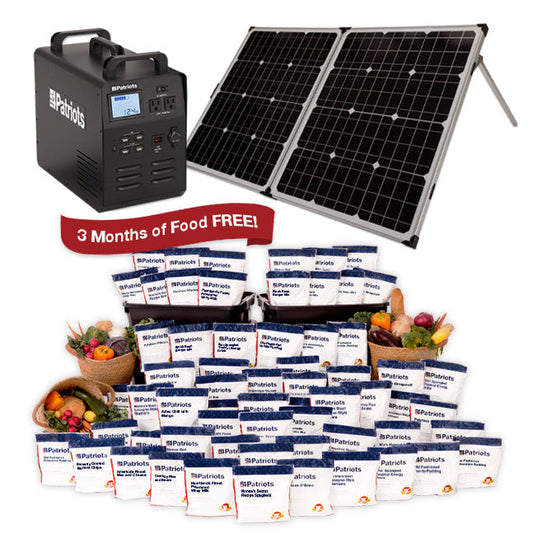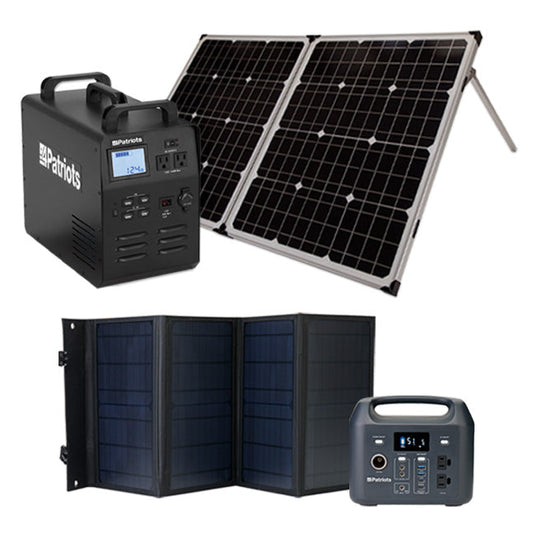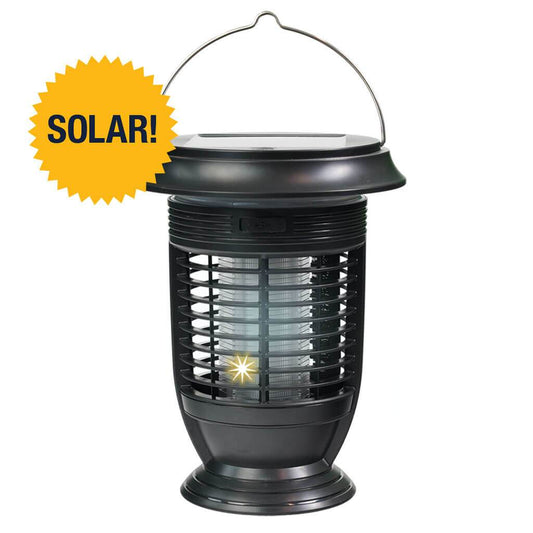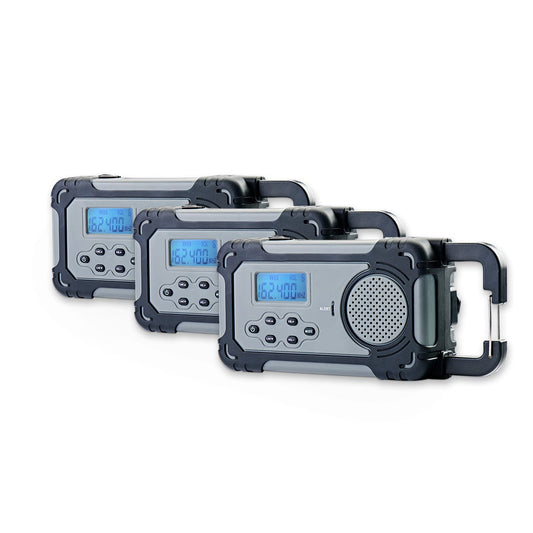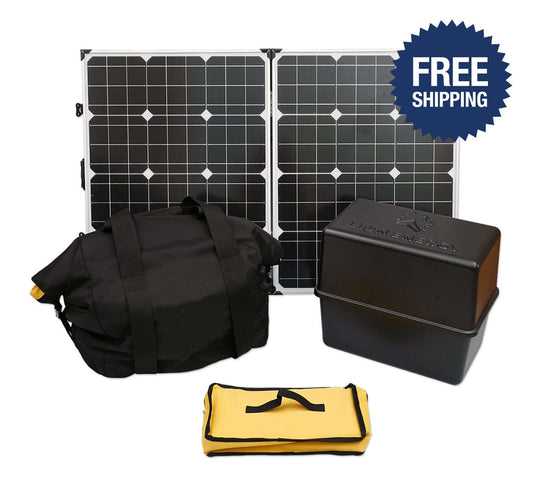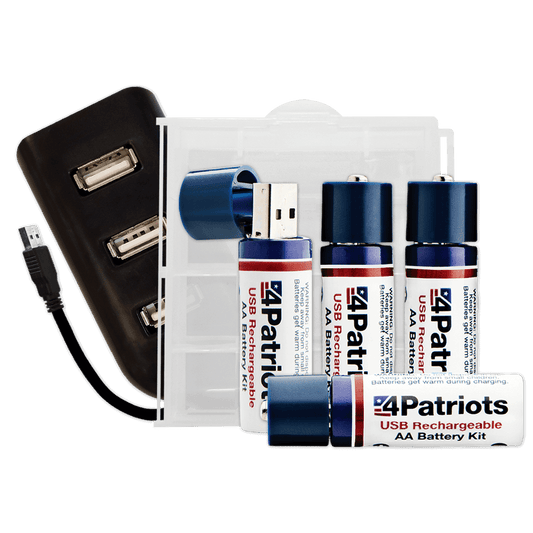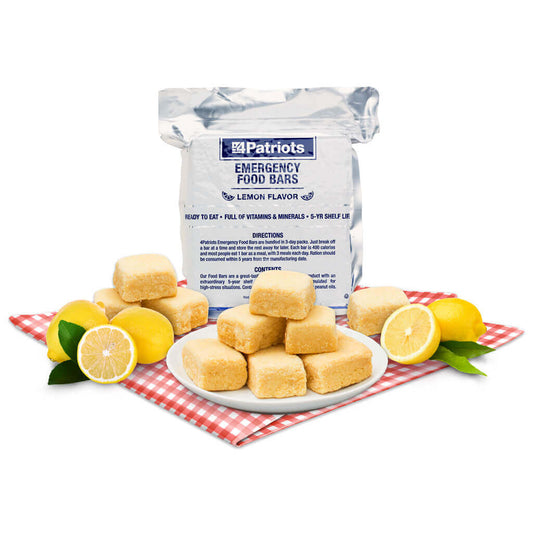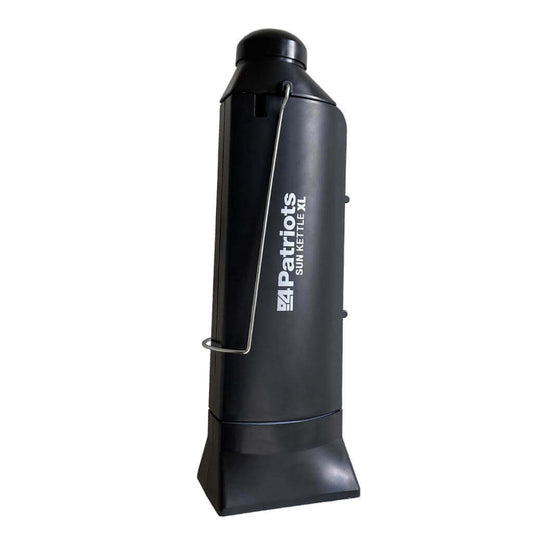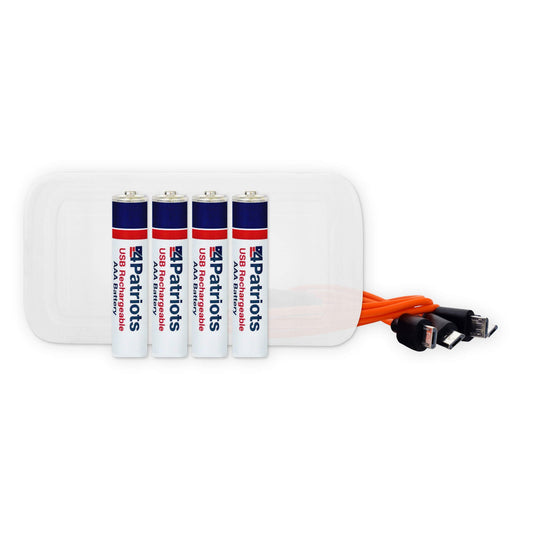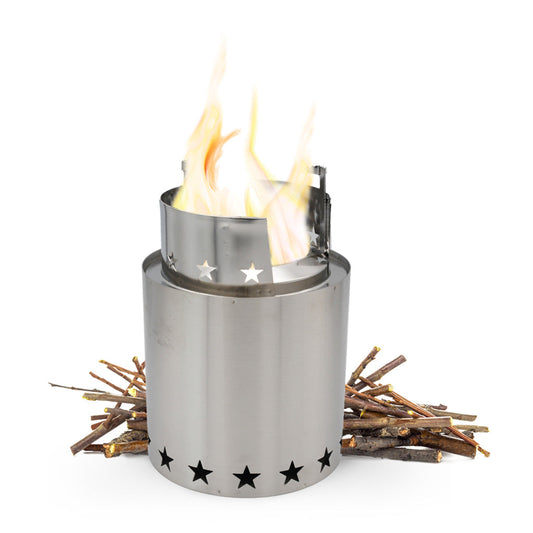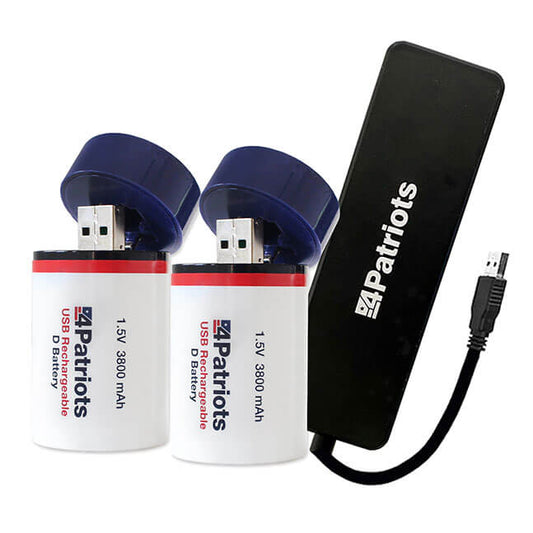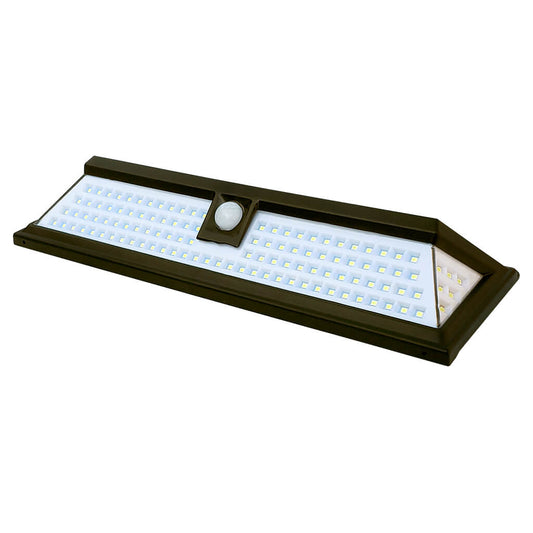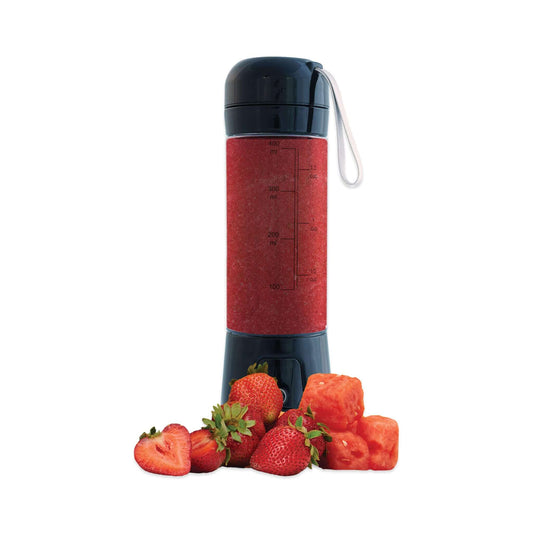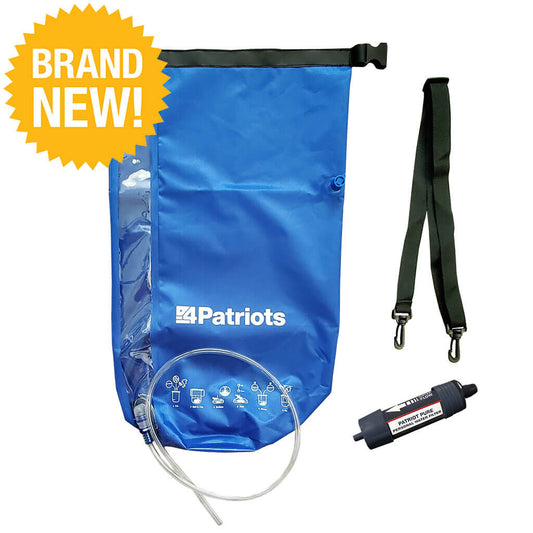
Basic Survival Skills to Learn Now – While There’s Time

If you’re like me, you’ve probably started many sentences like this – “If only I had time to (fill in the blank).”
You might have been talking about cleaning out the garage or basement. Or tearing down that old fence in the backyard.
Maybe you were referring to the exercise program you’ve been thinking about starting. Or to the garden you want to plant.
Perhaps you meant that book you’ve been meaning to get to for months. Or doing a better job of staying in touch with family members outside your area.
The gift of time
We all have these “If I only had more time…” scenarios playing out in our heads. But you know what? The COVID-19 pandemic has provided many of us with exactly that – more time.
Most of us have been spending fewer hours socializing than before. We’ve spent less time going to restaurants and movies. Plus museums and sporting events.
Nearly all of us have been given the gift of time. So why not use that time to do things we’ve been putting off?
Some of those activities might tie in nicely with preparedness. Such as learning new survival skills. Below I’ve listed some suggestions. You might have more. Regardless, there’s no time like the present to get started.
Fire starting
If you have to evacuate your home due to a disaster, there’s a good chance you’re going to need to spend one or more nights outdoors.
That’s a scary prospect for some people. But if you have certain survival skills in your arsenal, it’s a lot less intimidating. One of those skills is building a fire.
Fire can help you in many ways. It can provide warmth against the cold and light in the darkness. It can boil water to get rid of bacteria and cook food. It can even keep predators at a distance and signal rescuers.
Make sure you have several fire starters in your bug-out bag – disposable lighters, matches, magnesium sticks, etc. – as well as plenty of tinder. Or learn how to do it the old-fashioned way, with flint and steel or a bow and spindle.
Wet weather presents a challenge to fire starting. If you have the option, use limbs and twigs from needle-bearing trees such as pines, firs and spruce. Pull off bark and spilt the branches to expose drier wood.
Shelter building
This one is more challenging, but it can be just as important. Depending on weather conditions, this might be the first thing you do in the wilderness after bugging out.
Limiting your exposure to excessive cold or heat and wind or rain could save your life. Now, if you’re lucky, you may find a pre-made shelter. Such as a cave, overhang or thick foliage.
If not, you will want to construct a lean-to. Gather a bunch of small tree branches with leaves on them and spend some time practicing building a shelter.
Bear Grylls suggests this. Lash a branch between two upright tree trunks. Gather branches to lean up against the main, horizontal branch. Then cover the sides with leaves, earth or moss to waterproof it.
First-aid
At the very least, we should all know first-aid basics. They will come in handy regardless of whether a crisis forces us to bug out.
I strongly recommend taking an American Red Cross class on first-aid techniques. Minor injuries go hand in hand with emergencies.
Knowing how to handle everything from small cuts and bruises to bug bites to sprained ankles and pulled muscles will help you stay calm when you or others need medical assistance.
In addition to learning first-aid techniques, you want to build a comprehensive first-aid kit. It should include everything you think you might need in an emergency.
Grow your own food
There’s nothing like growing your own food to become self-sufficient. If the food supply chain breaks down or grocery stores run out of supplies, you’ll be able to feed yourself and your family.
It’s not too late in the summer to start a garden. Once you determine which fruits and vegetables will grow best in your soil and climate, go for it. You’ll be able to reap the benefits this fall and winter.
Even if a disaster means evacuating your home and garden, you’ll know how to plant and nurture one somewhere else.
In addition to growing your own food, make sure you have a variety of survival food stockpiled in your home. As well as plenty of nonperishables in your bug-out bag that you can eat while on the run.
Signaling
This is one that tends to get overlooked. Outdoor Life calls signaling “one of the most under-practiced and under-emphasized skill sets in our survival arsenal.”
If you’re lost in the woods or need help getting out due to an injury, signaling could be what saves you. Especially if you can’t get a cellphone signal.
Among the things that could help you get noticed are fire, mirrors, flashing lights and hand-held flares. As well as whistles, color markers, survey tape and flags.
If there is an open area visible from above, lay out rocks, logs or colored clothing to spell “HELP.” Three fires in a triangular form are a well-known distress signal.
A few more to consider
The five survival skills I mentioned above are important ones. I’d recommend learning those first. But there are plenty of others you might wish to work on while you have time. Such as…
- Get physically fit. The stronger you are, the better you’ll be able to deal with an emergency situation.
- Make your own cleaning products. We saw what happened recently in stores as cleaning items were gobbled up. This will save money and ensure you don’t run out.
- Construct tools. You can make a few basic tools out of forest debris. Including a short, sharpened stick for a knife and a long sharpened stick for a spear.
- Find food. Get a book on fruit and vegetable plants to learn which are good for food and which are poisonous.
- Knife wielding. Learn how to use a survival knife to cut wood properly and protect yourself. As well as a couple of things I’ve mentioned – building a shelter and constructing tools.
Last but not least, practice your survival skills. Get your mistakes out of the way now before you are in a life-threatening situation.
Featured Products
- Regular price
- From $799
- Regular price
-
- Sale price
- From $799
- Unit price
- per
- Regular price
- $249
- Regular price
-
- Sale price
- $249
- Unit price
- per
- Regular price
- $2,497
- Regular price
-
$3,194 - Sale price
- $2,497
- Unit price
- per
- Regular price
- $2,499
- Regular price
-
$2,994 - Sale price
- $2,499
- Unit price
- per
- Regular price
- From $29.95
- Regular price
-
$119.80 - Sale price
- From $29.95
- Unit price
- per
- Regular price
- $2,499
- Regular price
-
- Sale price
- $2,499
- Unit price
- per
- Regular price
- $499
- Regular price
-
- Sale price
- $499
- Unit price
- per
- Regular price
- $29
- Regular price
-
- Sale price
- $29
- Unit price
- per
- Regular price
- $2,796
- Regular price
-
- Sale price
- $2,796
- Unit price
- per
- Regular price
- $29.95
- Regular price
-
- Sale price
- $29.95
- Unit price
- per
- Regular price
- $97
- Regular price
-
- Sale price
- $97
- Unit price
- per
- Regular price
- $4,999
- Regular price
-
- Sale price
- $4,999
- Unit price
- per
- Regular price
- $49.95
- Regular price
-
- Sale price
- $49.95
- Unit price
- per
- Regular price
- From $69
- Regular price
-
- Sale price
- From $69
- Unit price
- per
- Regular price
- $201
- Regular price
-
- Sale price
- $201
- Unit price
- per
- Regular price
- From $90.97
- Regular price
-
$129.95 - Sale price
- From $90.97
- Unit price
- per
- Regular price
- $999
- Regular price
-
- Sale price
- $999
- Unit price
- per
- Regular price
- $29.95
- Regular price
-
- Sale price
- $29.95
- Unit price
- per
- Regular price
- From $29.50
- Regular price
-
$30.99 - Sale price
- From $29.50
- Unit price
- per
- Regular price
- $129
- Regular price
-
- Sale price
- $129
- Unit price
- per
- Regular price
- From $27
- Regular price
-
$399.80 - Sale price
- From $27
- Unit price
- per
- Regular price
- $3,494
- Regular price
-
- Sale price
- $3,494
- Unit price
- per
- Regular price
- From $199
- Regular price
-
$205.50 - Sale price
- From $199
- Unit price
- per
- Regular price
- $99.95
- Regular price
-
- Sale price
- $99.95
- Unit price
- per
- Regular price
- $29.95
- Regular price
-
- Sale price
- $29.95
- Unit price
- per
- Regular price
- $8.99
- Regular price
-
$29.95 - Sale price
- $8.99
- Unit price
- per
- Regular price
- $99.95
- Regular price
-
- Sale price
- $99.95
- Unit price
- per
- Regular price
- $29.95
- Regular price
-
- Sale price
- $29.95
- Unit price
- per
- Regular price
- $59.95
- Regular price
-
- Sale price
- $59.95
- Unit price
- per
- Regular price
- $11.98
- Regular price
-
$29.95 - Sale price
- $11.98
- Unit price
- per
- Regular price
- $44.95
- Regular price
-
$44.95 - Sale price
- $44.95
- Unit price
- per
- Regular price
- $24.95
- Regular price
-
$49.95 - Sale price
- $24.95
- Unit price
- per
- Regular price
- $114.95
- Regular price
-
- Sale price
- $114.95
- Unit price
- per
- Regular price
- $189
- Regular price
-
- Sale price
- $189
- Unit price
- per
- Regular price
- $499
- Regular price
-
- Sale price
- $499
- Unit price
- per
- Regular price
- $59.95
- Regular price
-
- Sale price
- $59.95
- Unit price
- per
- Regular price
- $39.95
- Regular price
-
- Sale price
- $39.95
- Unit price
- per
- Regular price
- $59.95
- Regular price
-
- Sale price
- $59.95
- Unit price
- per
- Regular price
- $19.95
- Regular price
-
- Sale price
- $19.95
- Unit price
- per
- Regular price
- $99.95
- Regular price
-
- Sale price
- $99.95
- Unit price
- per
- Regular price
- $69
- Regular price
-
- Sale price
- $69
- Unit price
- per
- Regular price
- $14.27
- Regular price
-
$21.95 - Sale price
- $14.27
- Unit price
- per
- Regular price
- $149.95
- Regular price
-
- Sale price
- $149.95
- Unit price
- per
- Regular price
- $79.95
- Regular price
-
- Sale price
- $79.95
- Unit price
- per
- Regular price
- $39.95
- Regular price
-
- Sale price
- $39.95
- Unit price
- per
- Regular price
- $114.95
- Regular price
-
- Sale price
- $114.95
- Unit price
- per
- Regular price
- $39.95
- Regular price
-
- Sale price
- $39.95
- Unit price
- per
- Regular price
- $99.95
- Regular price
-
- Sale price
- $99.95
- Unit price
- per
- Regular price
- $24.95
- Regular price
-
- Sale price
- $24.95
- Unit price
- per
- Regular price
- $24.95
- Regular price
-
- Sale price
- $24.95
- Unit price
- per





